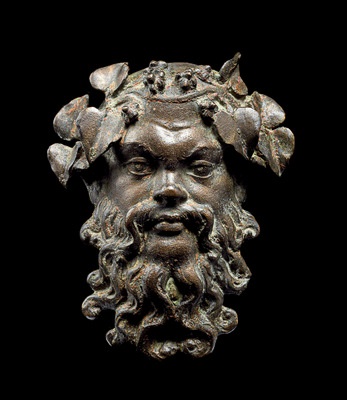You are here: Home / Subjects A - Z / Conferences / Congresses / Verborgen Afghanistan / - AFGHANISTAN - Hidden Treasures / - Archaeological Masterpieces / - Begram
Begram
An unusual discovery at the ancient city of Begram shed
light on the role of Afghanistan in the network of trade along
the Silk Road. In the 1930s and 1940s, French archaeologists
excavated two sealed and undisturbed storerooms containing
luxury goods. Many of them came from distant lands: bronzes
from the Greco-Roman world (fig. 11), painted glassware and
porphyry from Egypt (fig. 12), lacquered bowls from China, and
ivory furniture ornaments probably from India. The hoard dates
to the first and second centuries AD, during the rule of the
Kushan Dynasty.
The finds at Begram are remarkable for the extraordinary
number of works in ivory, many of which depict voluptuous women
relaxing, dancing, or playing musical instruments. The ivories
probably once decorated wooden furniture that has since turned
to dust. The ivory statuette of a woman (fig. 13) perhaps
embellished a table leg. The figure represents the Indian river
goddess Ganga, whose mount is the mythological makam, a
creature that is part crocodile, part elephant, and part
fish.
The leogryph - another hybrid beast with the body of a lion, wings of an eagle, and beak of a parrot - served as a bracket supporting the arm of a chair (fig. 14).
Ever since this discovery at Begram, art historians and archaeologists have puzzled over just why these marvelous and diverse objects were gathered here in the sealed storerooms. The works of art may have been a treasure hoarded over time by the Kushan kings, but more likely they were a splendid repository of trade goods, sealed off to protect valuable commodities awaiting distribution along the Silk Road. ln any event, the objects provide a glimpse into the heart of the Silk Road at a time of intense commercial exchange.




